Javelin Rocket Motion Simulation with Dynamic Mesh Method (Six DOF) using ANSYS Fluent
$210.00 $105.00 Student Discount
- This report presents a simulation of the motion of a javelin rocket using the dynamic mesh method
- The geometry of the javelin rocket is created using Spaceclaim software
- A high-quality mesh is generated around the rocket geometry using ANSYS Meshing(622171 elements)
- The six DOF solver settings are specified, including the mass properties and the degrees of freedom for translation and rotation.
To Order Your Project or benefit from a CFD consultation, contact our experts via email (info@mr-cfd.com), online support tab, or WhatsApp at +44 7443 197273.
There are some Free Products to check our service quality.
If you want the training video in another language instead of English, ask it via info@mr-cfd.com after you buy the product.
Description
Description
This report presents a simulation of the motion of a javelin rocket using the dynamic mesh method with six degrees of freedom (DOF) in ANSYS Fluent.
The simulation incorporates external forces and moments acting on the Javelin Rocket, including propulsion forces, defined using a user-defined function (UDF). The UDF is compiled and linked to the Fluent solver to model the Javelin rocket’s motion accurately. The forces applied in the UDF are a simplified representation of the rocket propulsion forces.
The geometry of the javelin rocket is created using Spaceclaim software.
A high-quality mesh is generated around the rocket geometry using ANSYS Meshing(622171 elements), ensuring sufficient mesh resolution to capture the flow details accurately.
You can view the aerodynamic and Dynamic Stability Derivatives simulation of this product from here.
Methodology:
The methodology involves generating a high-quality mesh around the rocket geometry, setting up the dynamic mesh with six DOF solver settings, and defining the propulsion forces and aerodynamic forces using the UDF.
The dynamic mesh option is enabled in ANSYS Fluent, and the appropriate parameters are set.
The six DOF solver settings are specified, including the mass properties (mass and moments of inertia) and the degrees of freedom for translation and rotation.
A user-defined function (UDF) is written in C programming language to define the external forces and moments acting on the rocket.
The DEFINE_SDOF_PROPERTIES macro is used in the UDF to specify the mass properties and the external forces and moments.
The k-ω SST turbulence model is selected in ANSYS Fluent to capture the complex flow physics around the rocket accurately.
The boundary conditions for the rocket surface and the surrounding fluid domain are specified.
The solution is initialized, and the reference values for pressure and velocity are set.
Results
The simulation results provide valuable insights into the javelin rocket’s motion and the flow field surrounding it. The pressure and velocity contours at different time steps reveal the dynamic behavior of the rocket.
Pressure Contours:
The pressure contours at different time steps show the variation of pressure distribution around the rocket during its flight.
High-pressure regions are observed at the nose of the Javelin Rocket, indicating the stagnation point where the flow impacts the rocket’s surface.
The pressure gradients along the rocket’s body provide information about the aerodynamic forces acting on the rocket.
The pressure contours also reveal the formation of shock waves or expansion waves, depending on the rocket’s speed and the flow conditions.
Velocity Contours:
The velocity contours at different time steps illustrate the flow field around the rocket and its evolution over time.
The contours show the high-velocity regions near the rocket’s surface, indicating the boundary layer and the flow separation.
The velocity magnitude varies along the rocket’s length, with higher velocities observed at the nose and the tail regions.
The velocity contours also capture the wake region behind the rocket, where vortices and turbulent flow structures are formed.
Solution Animation:
The solution animation provides a dynamic visualization of the rocket’s motion and the flow field surrounding it. The animation shows the rocket’s trajectory, orientation, and velocity as it moves through the fluid domain.
The dynamic mesh motion is evident in the animation, with the mesh adapting to the rocket’s movement and maintaining the mesh quality. The animation also reveals the transient behavior of the flow field, including the formation and dissipation of vortices and the interaction between the rocket and the surrounding fluid.
The pressure and velocity contours at different time steps provide a comprehensive understanding of the flow field around the javelin rocket. The high-pressure regions at the nose and the pressure gradients along the body indicate the aerodynamic forces acting on the rocket. The velocity contours reveal the boundary layer, flow separation, and the wake region behind the rocket.
The solution animation offers a dynamic visualization of the rocket’s motion and the fluid-structure interaction. It demonstrates the effectiveness of the dynamic mesh method in capturing the rocket’s trajectory and orientation while maintaining the mesh quality. The animation also highlights the transient nature of the flow field and the complex flow structures that develop around the rocket.
Overall, the simulation results validate the methodology employed in this study and provide valuable insights into the javelin rocket’s motion and the impact of propulsion forces on its performance. The pressure and velocity contours, along with the solution animation, contribute to a comprehensive understanding of the rocket’s aerodynamics and the fluid-structure interaction.
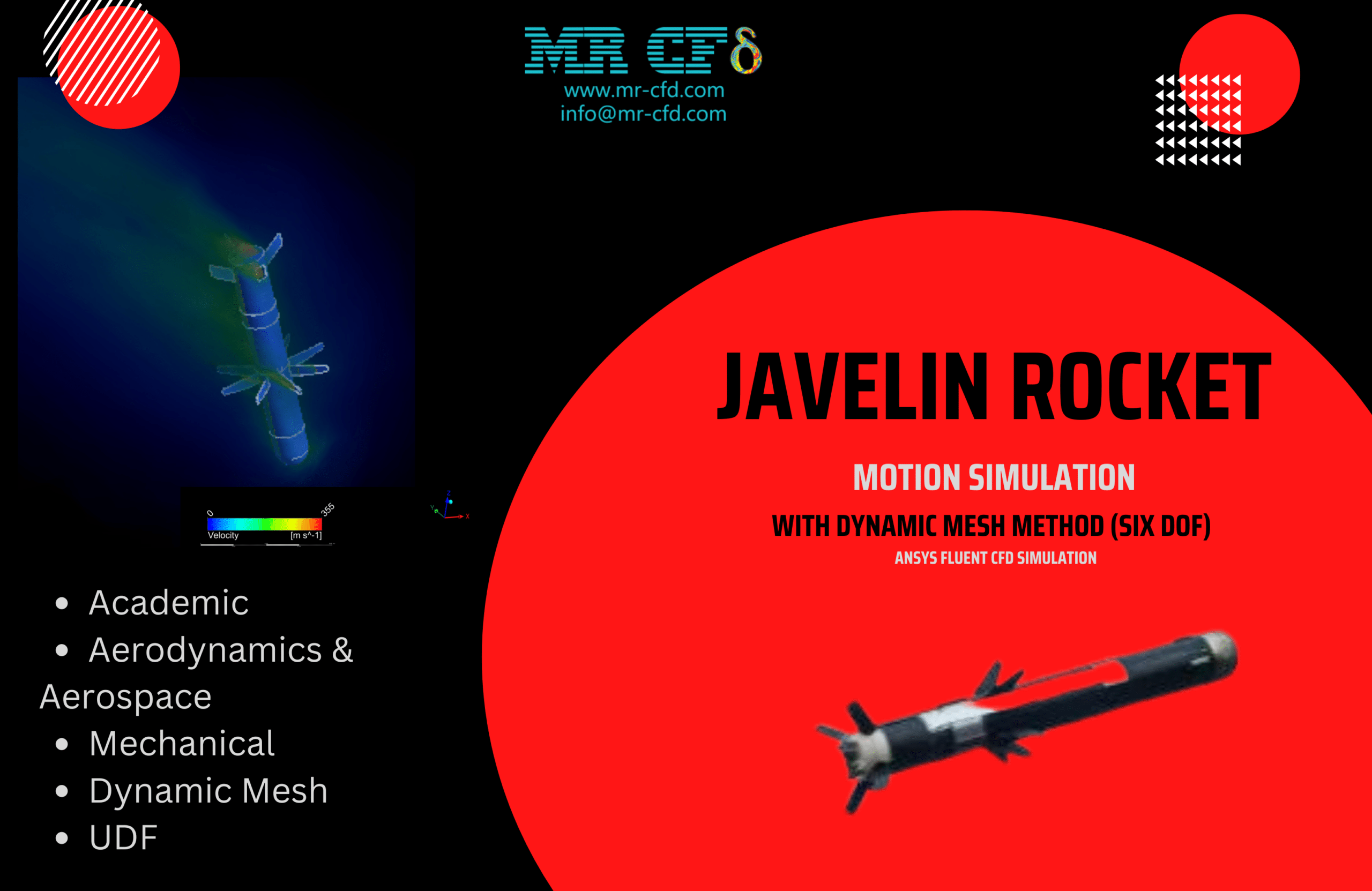


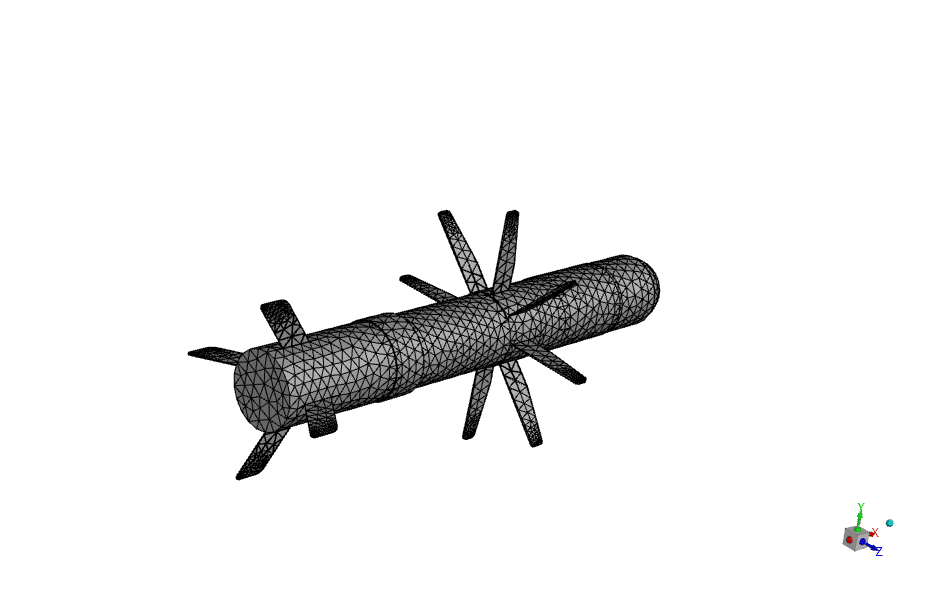
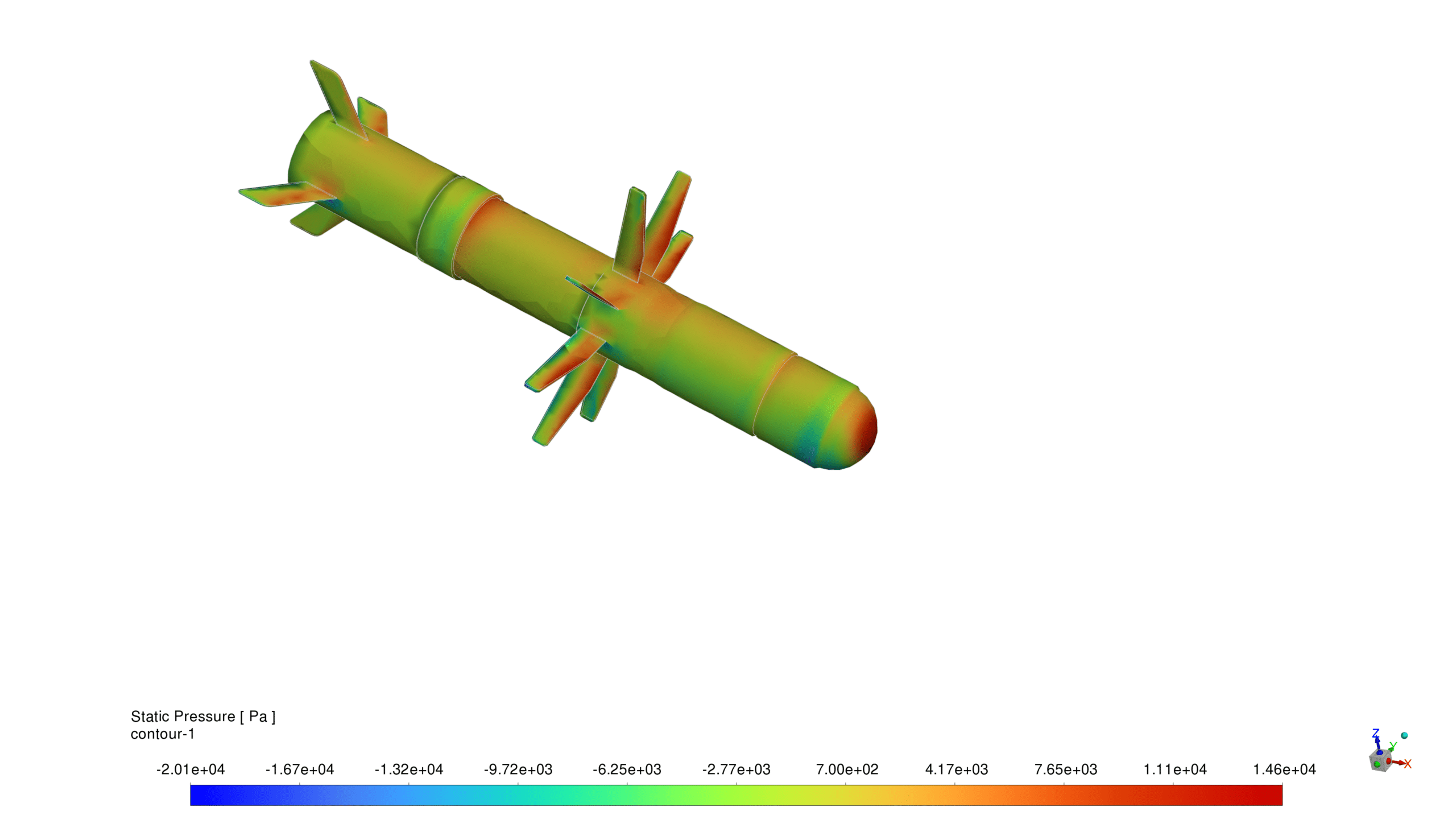
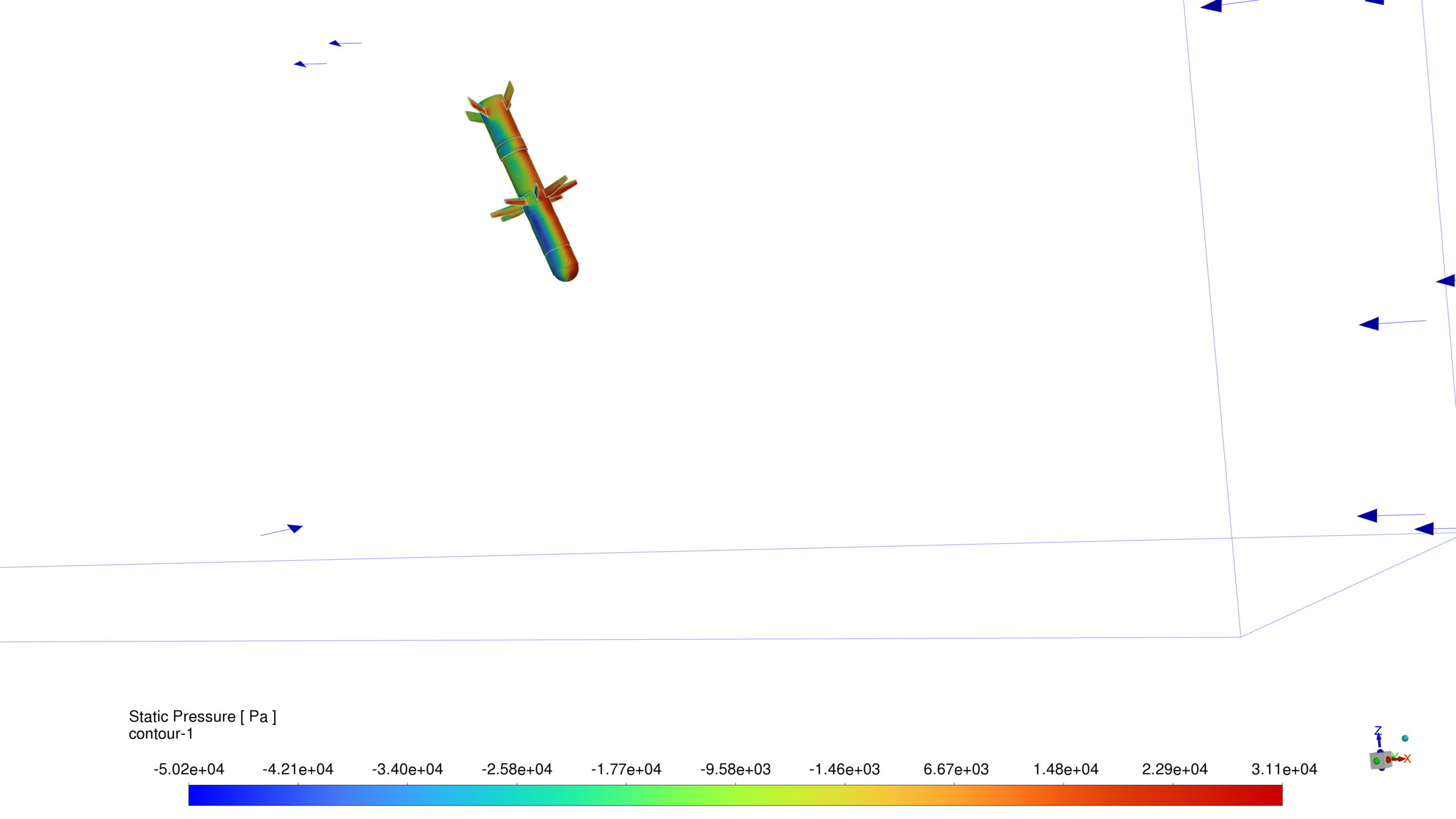
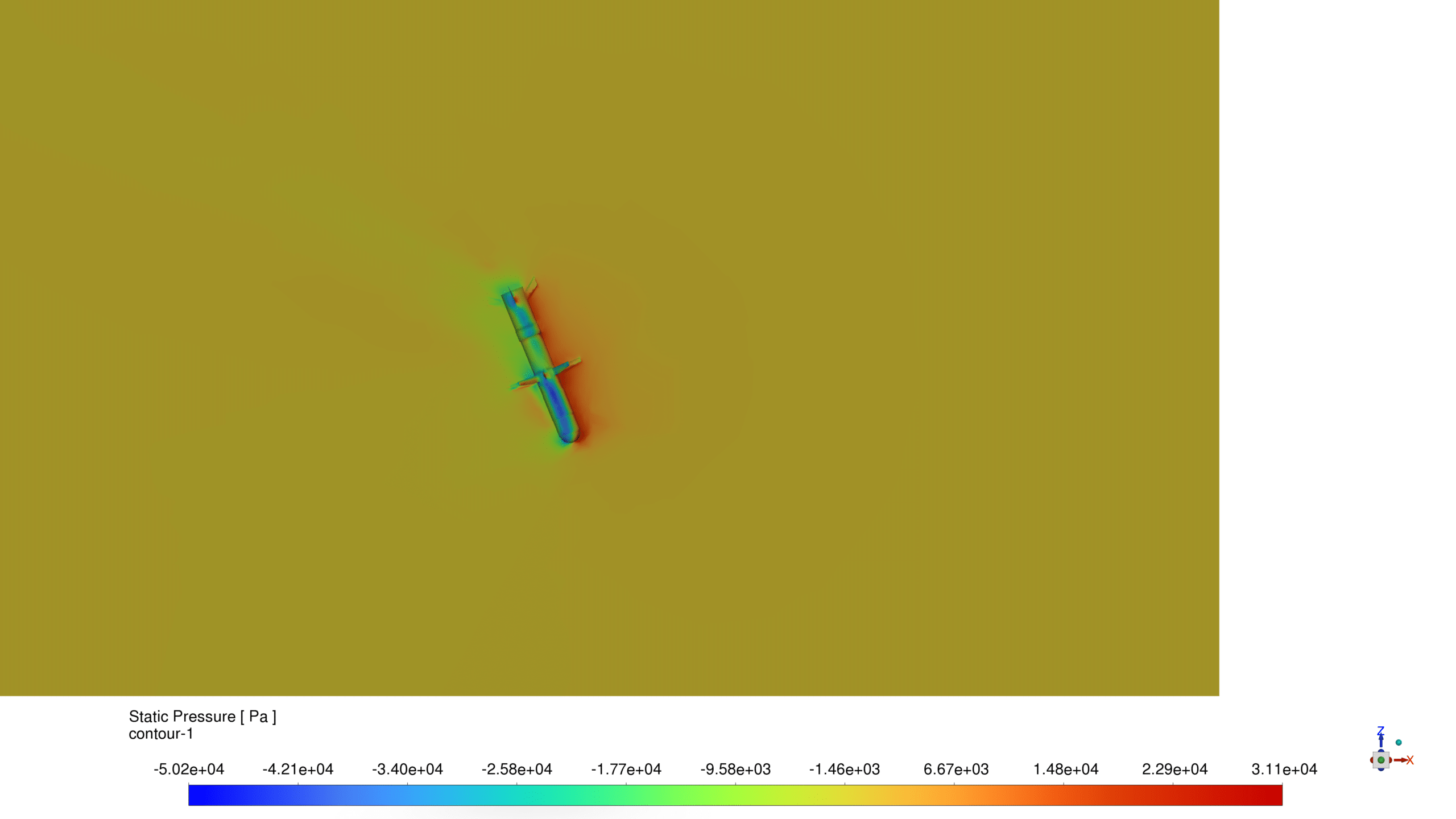

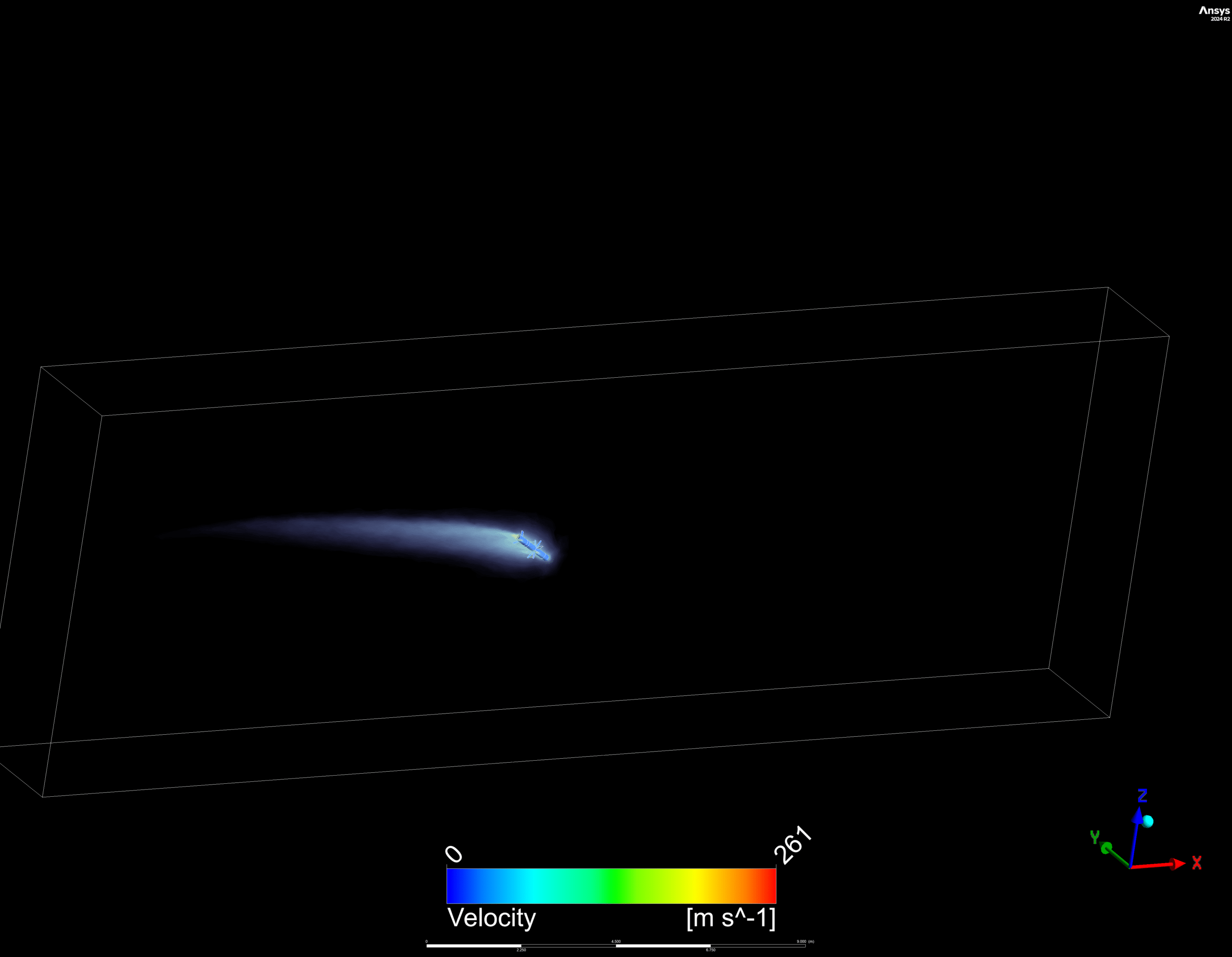
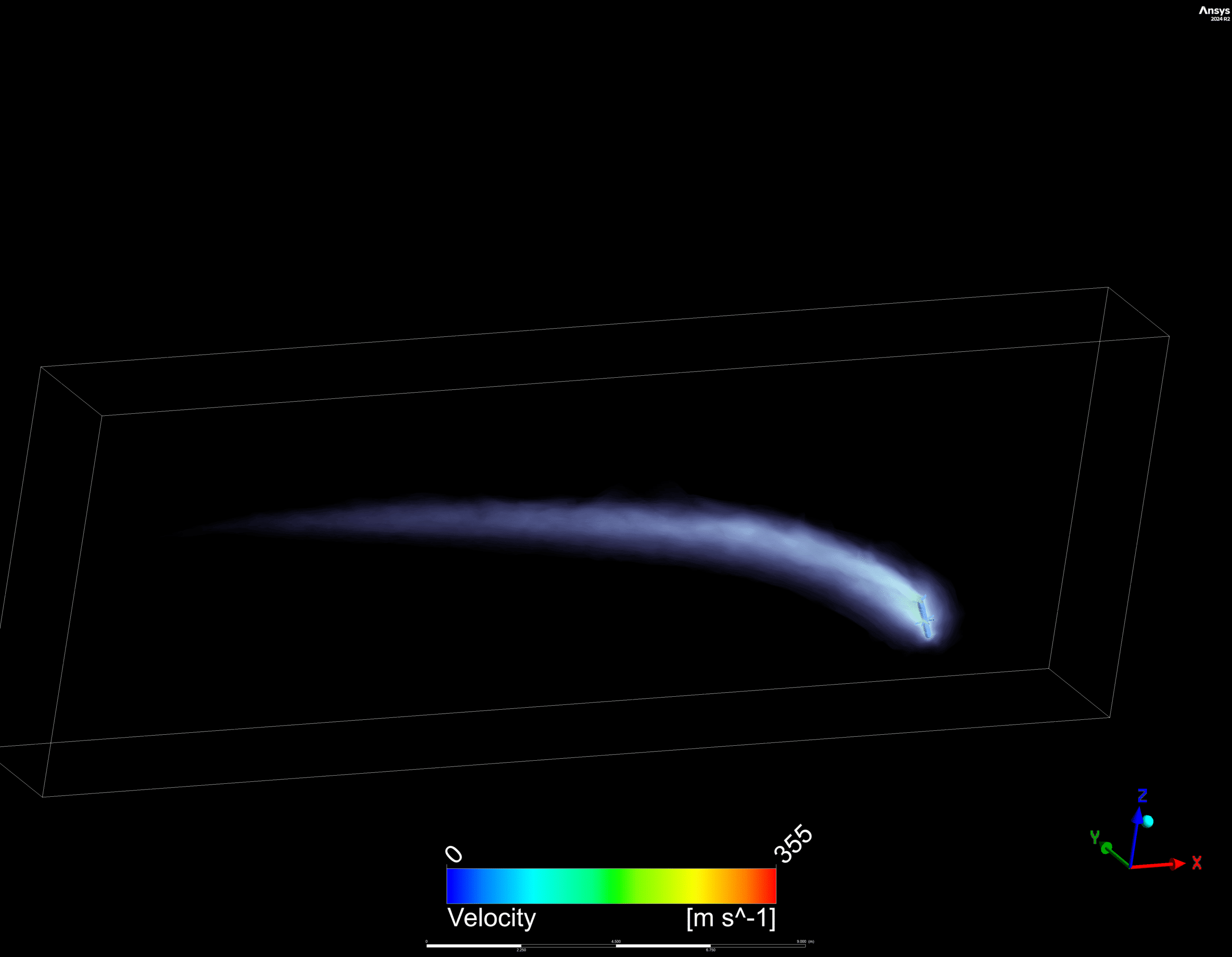

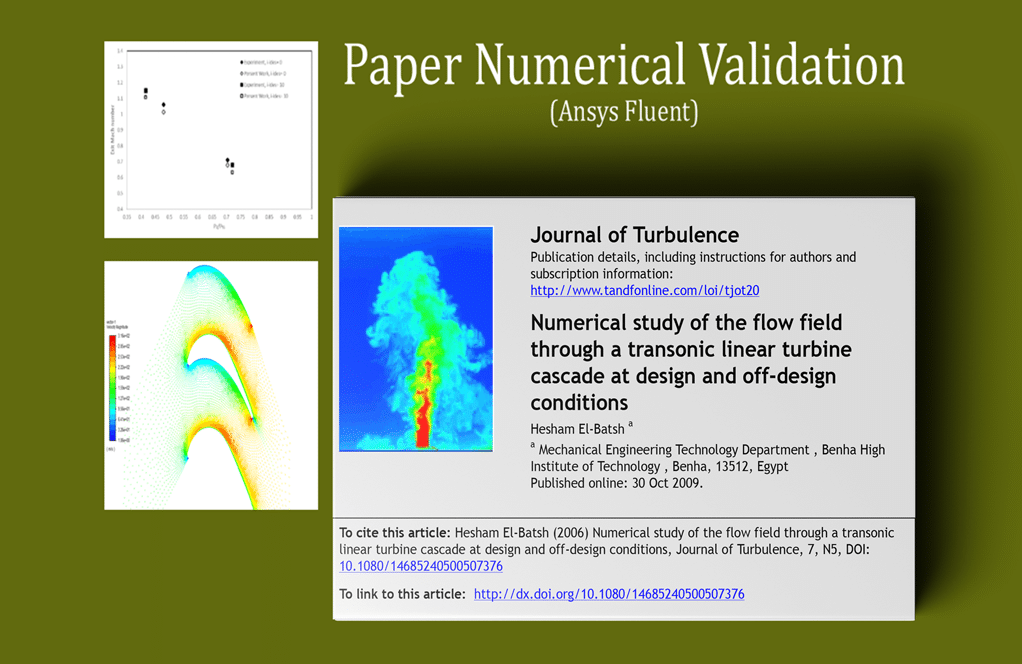
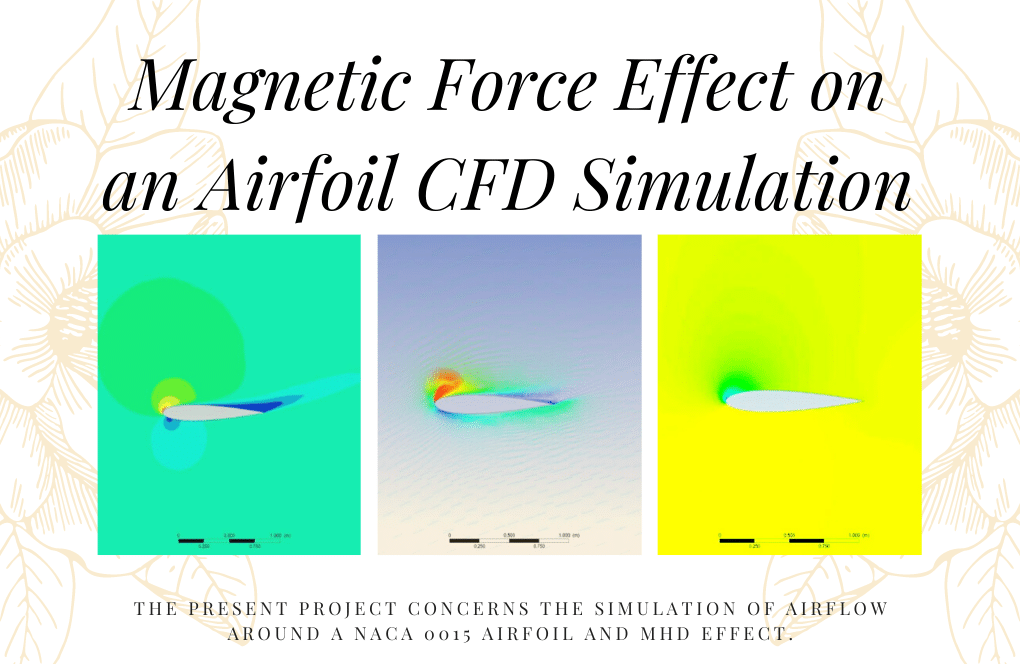
Reviews
There are no reviews yet.